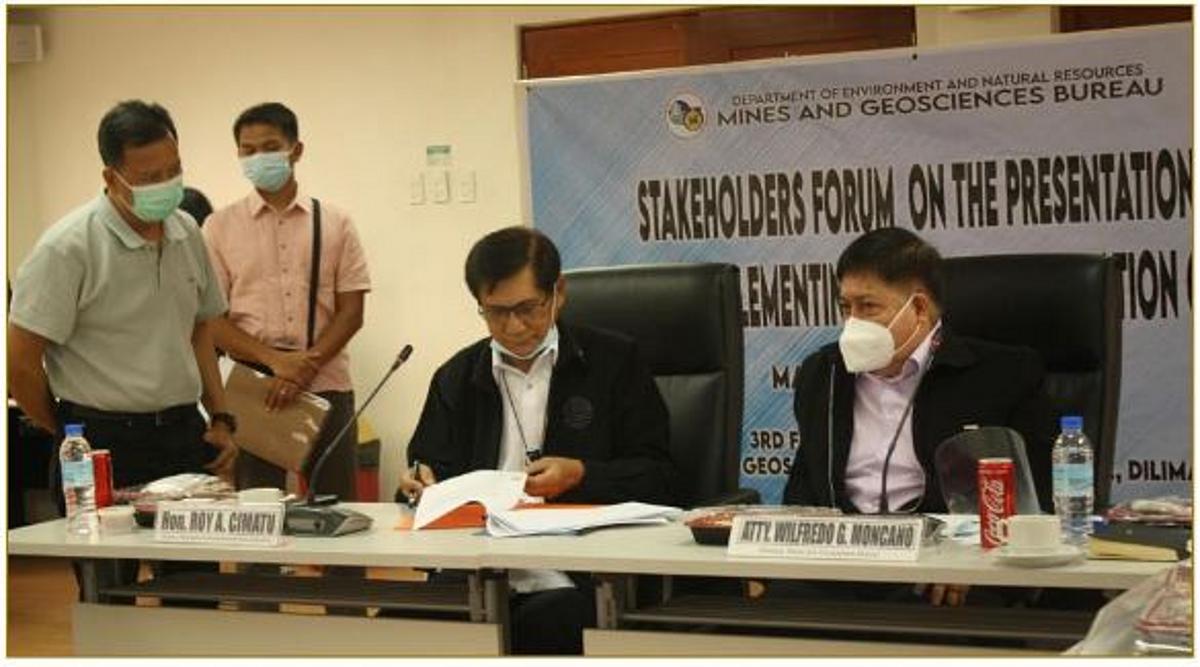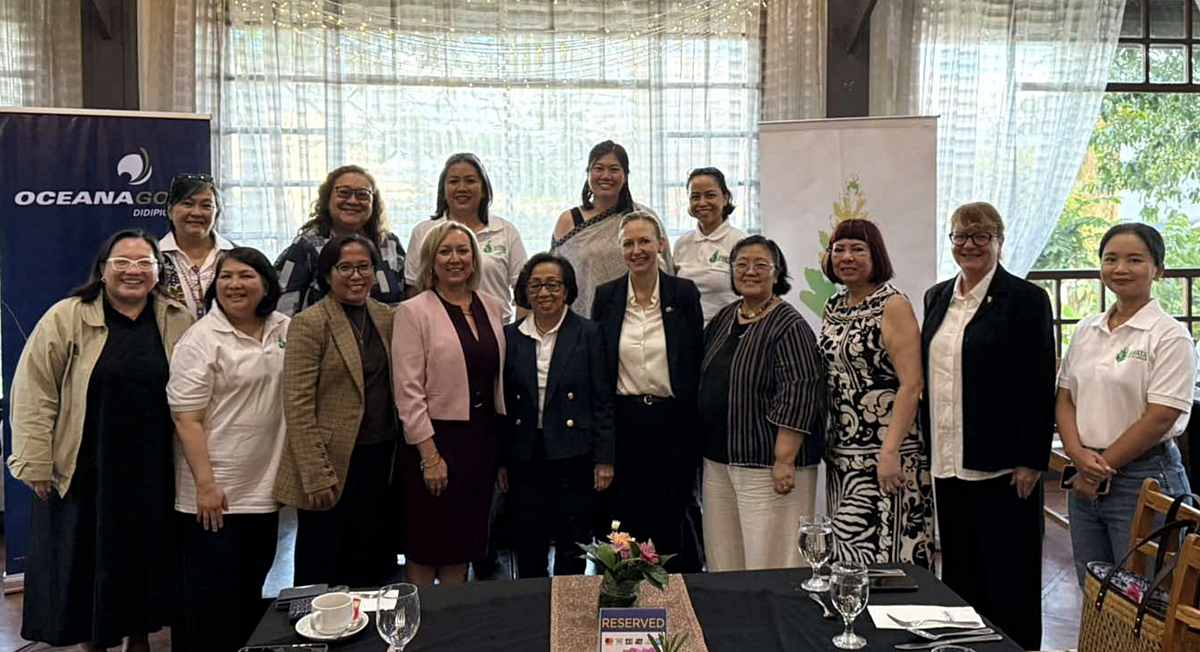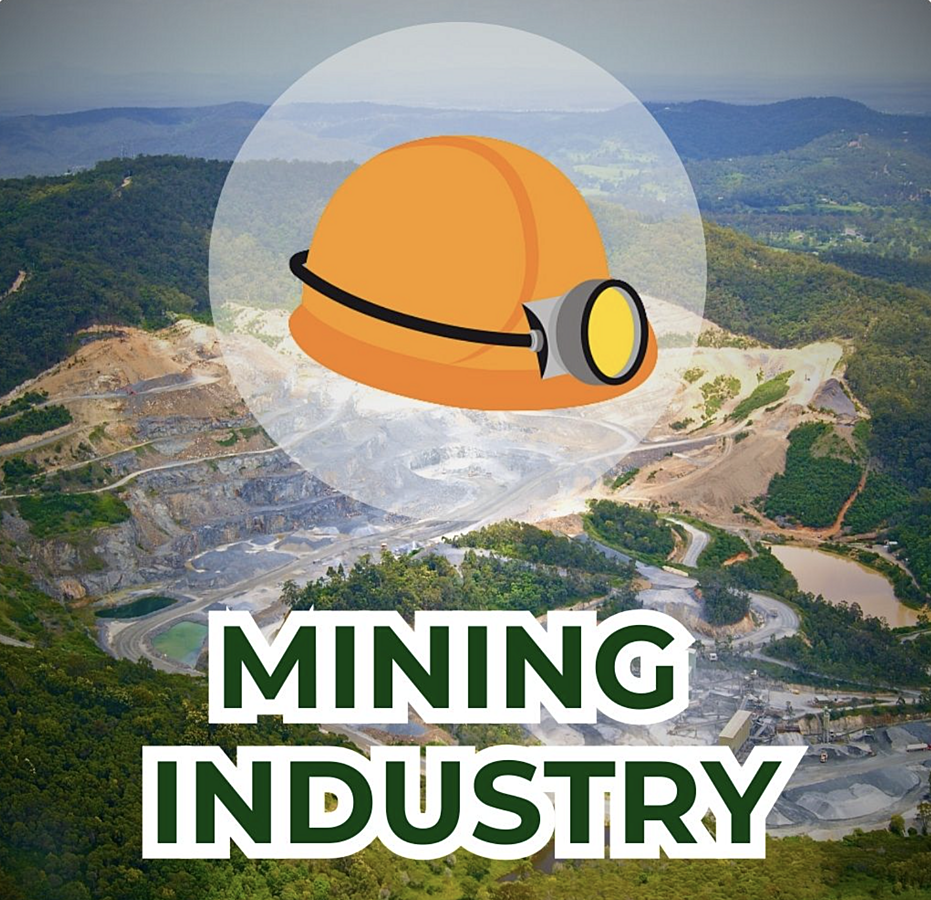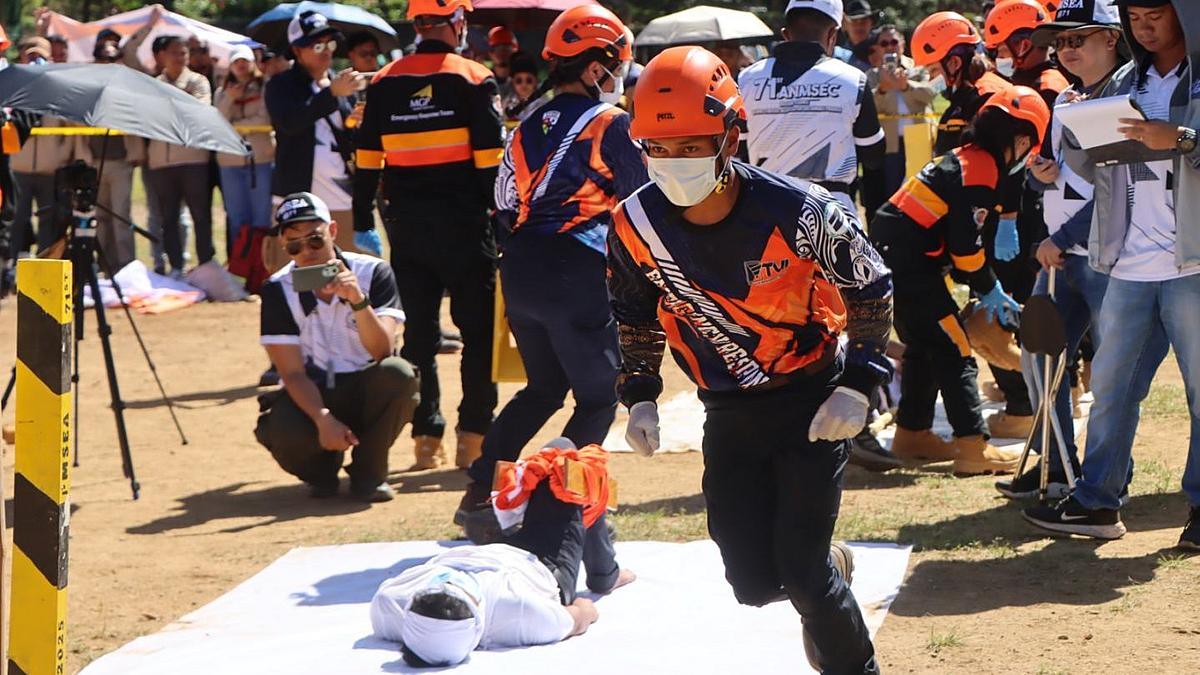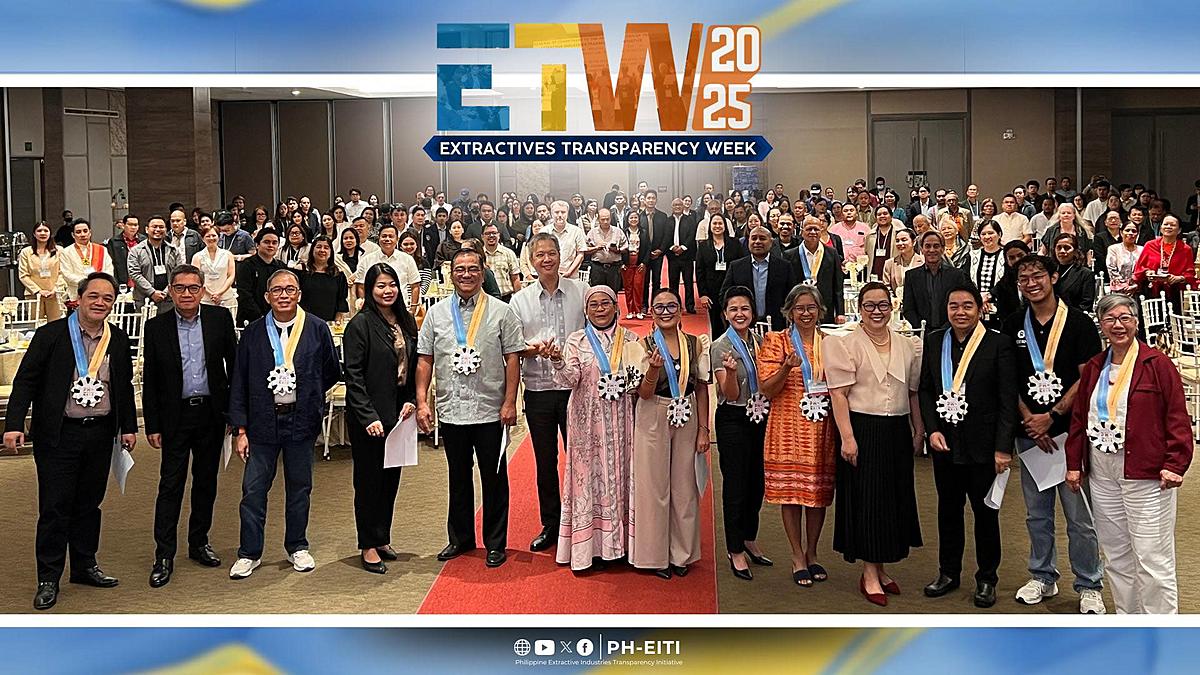Photo Credit: Mines and Geosciences Bureau
In Issue 4 of Philippine Resources, I recapped how much of my 2020 was spent on Zoom calls and webinars. A year and a half into the pandemic, and after 15 months of working from home, the situation has not changed, and it looks like this will be our way of life for some time to come.
Major online events were conducted recently by the Department of Environment & Natural Resources (DENR) and Mines and Geosciences Bureau (MGB). First was the Consultative Meeting on May 19 on the Implementing Rules and Regulations on Executive Order No. 130, with Day 1 being attended by mining companies and Day 2 by NGOs and the academe. Second was the MGB’s Stakeholders’ Forum on Recent Policy Issuances Relating to Mining, also held over two days on June 8 and 9.
The introduction to the Consultative Meeting was an opportunity to review the issuances of the DENR and MGB from 2015 to 2020, the more significant of which were discussed in greater detail in the MGB’s Stakeholders’ Forum.
In the open forum that followed the Consultative Meeting, MGB Director Wilfredo Moncano confirmed that, although EO 130 does not explicitly refer to the lifting of the ban on open pit mining, the intent is to lift it since Section 11 or the repealing clause of the its proposed IRR explicitly refers to Department Administrative Order 2017-10 on the ban on open pit mining.
The MGB’s Stakeholders’ Forum offered a deeper dive into the following issuances, with the formal presentations being followed by Q&As with the participants both on Zoom and Facebook:
Mining Tenements:
- MGB Memorandum Circular No. 2019-001 (Clarificatory Guidelines on the Industrial Sand and Gravel Permit)
- MGB Memorandum Circular No. 19-08 (Clarification on the Definition of the Open Pit Mining Method as per DAO No. 2017-10 and other Surface Mining Methods)
- MGB Memorandum Circular No. 20-010 (Harmonizing the Mining Production Capacity Threshold or Limit of a Mining Permit/Contract and the Pertinent Environmental Compliance Certificate)
- DENR Administrative Order (Guidelines on the Automatic Renewal of the Exploration Period and the Timely Declaration of the Mining Project Feasibility under the EP, MPSA, FTAA, and Similar Mining Tenements) [For Publication, as this column was being written]
Environmental Protection
- MGB Memorandum Order No. 20-01: Care and Maintenance Program for Mining Projects
- MGB Memorandum Circular No. 2020-04 (Clarificatory Guidelines for the Establishment of the Contingent Liability and Rehabilitation Fund for Dredging Projects/Activities pursuant to DPWH-DENR-DILG-DOTR Joint Memorandum Circular No. 1, Series of 2019)
Online Filings
- Memorandum Order No. 2020-007 (Policy on Online Filing of Application and Payment)
Enforcement
- MGB Memorandum Circular No. 2019-002 (Supplemental Guidelines to MGB Memorandum Circular No. 2018-01)
- MGB Memorandum No. 2018-01 (Guidelines in the Conduct of Apprehension, Seizure, Confiscation and Disposition of illegally sourced minerals/mineral products and by-products, tools, conveyances and equipment used)
Appeals
- MGB Memorandum Circular No. 2019-006 (Clarificatory Guidelines on the Rules of Appeal)
Dredging & Offshore Mining
- MGB Memorandum Circular No. 2019-07 (Clarificatory Guidelines on Section 5.1.2.c of DPWH-DENR-DILG-DOTr JMC No. 2019-01)
- MGB Memorandum Circular No. 2020-008 (Revised Guidelines on Offshore Mining - Revision to MGB Memorandum Circular 2016-05 "Guidelines on Offshore Mining")
While the aforementioned webinars with the DENR/MGB are illustrative of government’s engagement and cooperation with its stakeholders, on the same day, June 9, in another time zone, the World Association of Mining Lawyers (WAOML) was conducting a webinar on the international arbitration of mining disputes against governments. The global panel described an upward trend in mining arbitration against governments and government entities, i.e., since 1990, there have been around 100 recorded mining arbitration cases against governments, 73 of which have been brought in the last 10 years. Within the last few days before the WAOML webinar, 4 new ones were brought against the governments of Colombia, Republic of the Congo, Cameroon and Turkey.
International arbitration against governments are usually resorted to when mining projects, which are typically long-term and complex, and depend on a stable legal, fiscal and political environment, experience major shifts such as resource nationalism, and/or unexpected changes in financial/tax/royalty regimes.
in 40% of the cases that have been brought, the mine could not start operating, and there was government action or inaction that led to the investment dispute. in more than half of the cases, the projects were operating, but the mine had to close down, because the license was not renewed or the investor lost control because of an expropriation.
Interestingly, Latin America leads the way with the most number of international mining arbitration cases filed, with Asia and Africa following.
From the perspective of the mining companies that file the cases, international arbitration is just one tool in their arsenal, and often it is, as expressed by one speaker, an ‘absolute last resort’ because, once the arbitration is instituted, it will inevitably lead to the breakdown of the relationships that have been built. It will also take time and resources to complete, and even assuming that the company obtains the desired award, it still needs to have the award enforced.
On the lighter and brighter side, the International Women in Mining (WIM) Alliance, which I have written about previously, recently held the first of new series of global calls via Zoom which was attended by the counterpart organizations of Diwata-Women in Resource Development from just about every corner of the globe. It was gratifying to hear how diverse yet similar our experiences are, and how much common ground there is for us to start from. This significant as the Alliance is about aligning the interests of these international women’s mining groups through multilateral, mutually beneficial relationships and leveraging their collective strength to pursue a common agenda, without integration, control or affiliation. For me, the fact that, through technology, it is so much easier now to reach out to other ‘sisters in mining’ is a plus in itself. Pre-pandemic, it would have taken attendance in an international conference to meet even a quarter of this group.
With technology allowing me to be as, if not more, productive, than being at my office, am I looking forward to going back? Even with more people being vaccinated, the discussion is less about ‘going back to work’ than what ‘going back to work’ will look like, i.e., how to implement a hybrid workplace. For the mining industry, which certainly is not predominated by desk-bound jobs, there is already a trend worldwide to see how certain repetitive tasks can be automated versus those which need analytical skills, and therefore a demand for individuals with such capabilities. Part of this shift is for artificial intelligence, machine learning and process-automation experts to oversee new ways of working. In this regard, the World Economic Forum’s Future of Jobs report identifies leadership and social influence as a main focus of mining companies’ reskilling or upskilling programs. In any industry, empathy is vital to mitigating the potential negative impact of remote working on mental health, and managers need superior communication skills to manage isolated teams. Thoughts to further ponder on in a future column!

